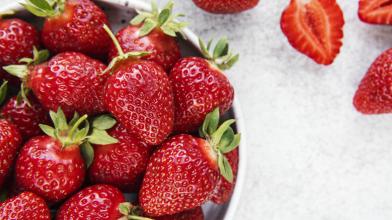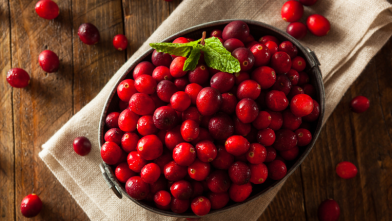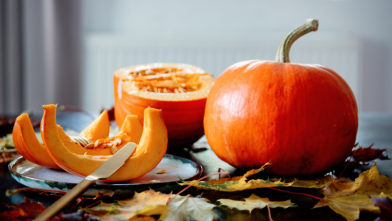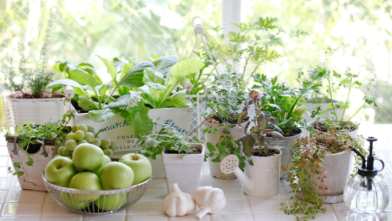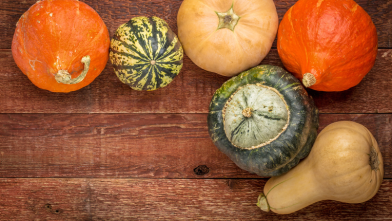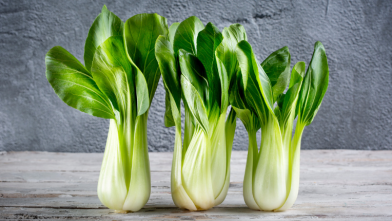Brussels sprouts grow on thick stalks covered in tiny sprouts and are a fall/winter vegetable that’s in season from August through March. You can buy them still on the stalk when they’re in peak season, or you can buy them loose. When choosing Brussels sprouts, look for small to medium-size sprouts that are all about the same size (for even cooking) and green in color (avoid bluish or grey hues). Avoid choosing the sprouts with any dark brown or grey spots. Uncooked Brussels sprouts will last for about a week stored in your refrigerator, while cooked sprouts last for two to three days.
Brussel Sprouts Preparation
When preparing Brussels sprouts, you’ll want to wash them well, remove any loose leaves, and trim the ends, and depending on the recipe, halve or quarter them. They can be prepared by steaming, stir-frying, grilling, or most commonly, roasting. The high heat of the oven caramelizes the naturally occurring sugars in the sprouts and creates a mouthwatering sweet flavor. Be careful not to overcook them, which can make them taste sulfurous—they should be tender but not mushy. Once roasted or stir-fried, sprouts taste great topped with balsamic vinegar, parmesan, butter, or even just a little salt and pepper.
Brussels sprouts are a part of the cruciferous veggie family, which includes broccoli, cauliflower, and cabbage, just to name a few. Cruciferous vegetables are known for being rich in folate and vitamins C, E, and K. They’re also a great source of fiber. Brussels sprouts also contain phytonutrients, plant-based compounds that lower inflammation and reduce cancer risk. They also contain nutrients that help to maintain healthy blood sugar (blood glucose) and blood pressure. One cup of sprouts also has three grams of plant-based protein.
This month we’re highlighting three different ways to cook Brussels sprouts.
The first is a simple roasting method—sprouts are tossed with oil, salt and pepper, fresh thyme leaves, and a hint of maple syrup. They’re roasted at a high heat of 450 degrees, which caramelizes the sprouts and crisps up the outer leaves while keeping a tender core.
The second recipe we’re highlighting includes raw Brussels sprouts. Thinly sliced, the sprouts are tossed with a honey mustard dressing and paired with avocado and artichokes. The crunchiness of the raw sprouts pairs nicely with the mustard dressing!
The final recipe includes stir-fried and baked sprouts, paired with chicken, mushrooms, and two types of cheese. This simple dish can be enjoyed on its own or served with a small portion of brown rice, couscous, or pasta. Any way you enjoy Brussels sprouts is a great addition to a healthy diet!

